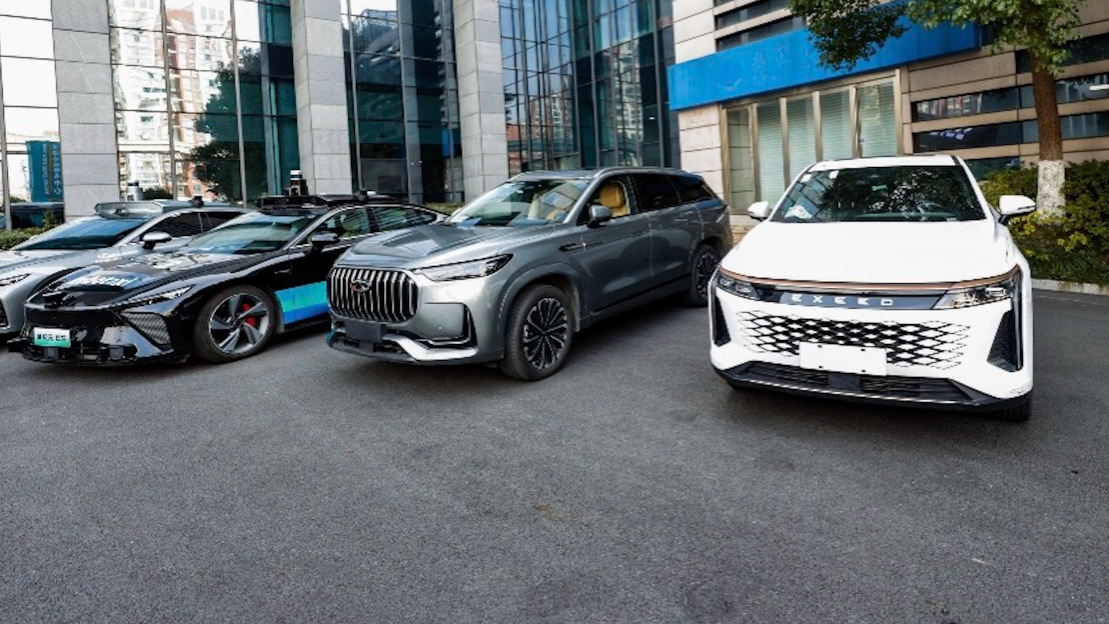Through Dazhuo Intelligence, Chery Automobile has stepped on the accelerator on the track of intelligent driving.
On January 16th, 2024, as an important part of the development of Chery Group’s intelligent driving sector, Dazhuo Intelligence held its first ever Ecological Day in China Vision Valley in Wuhu, Anhui. This event introduced the Chery Group and Dazhuo Intelligence’s strategic thinking, product planning, and business logic in intelligent driving.
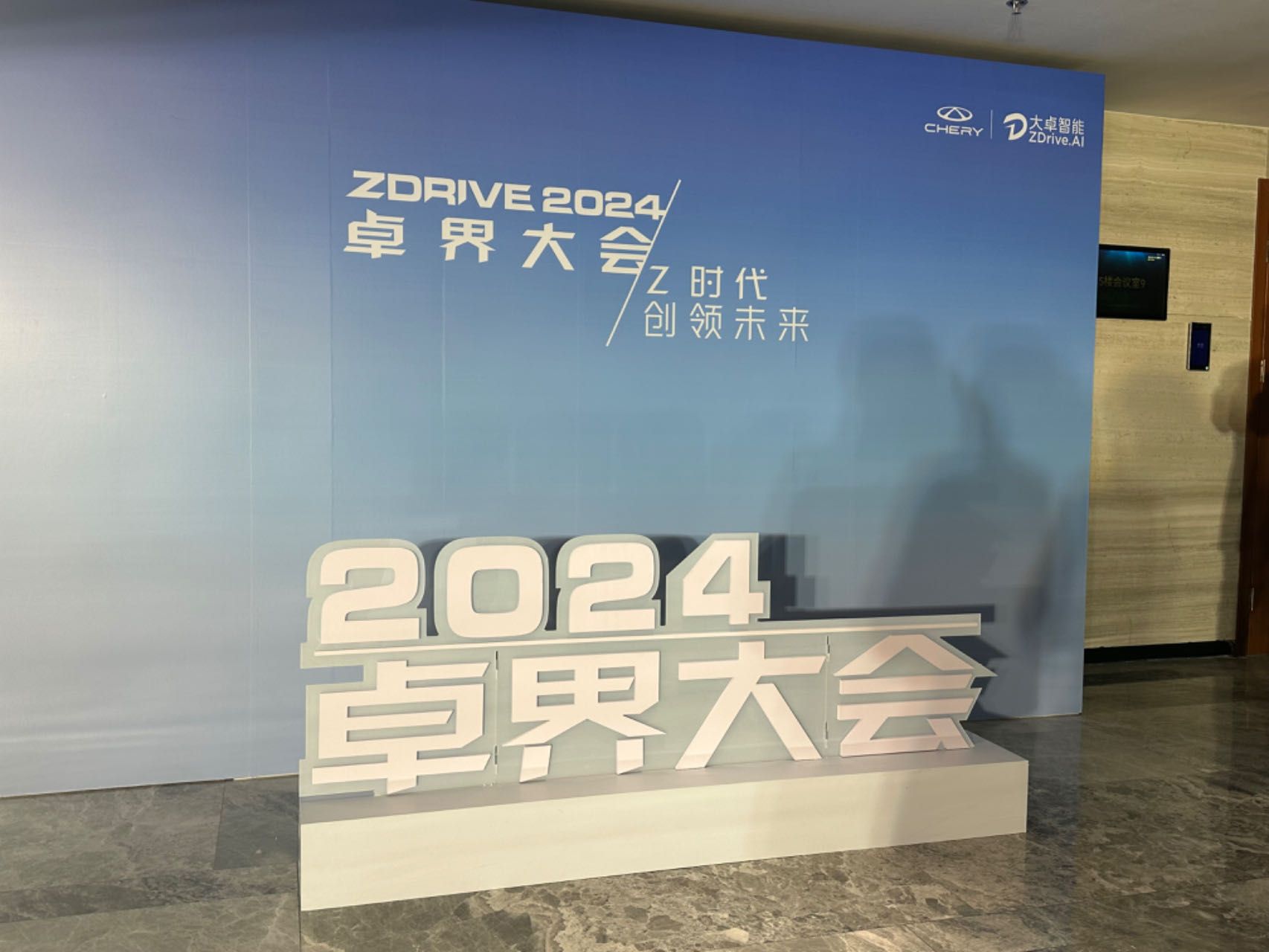
At the same time, Chery Group has built an Ecological Innovation Alliance around the development of Dazhuo Intelligence, including representatives of leading companies in chips, map positioning, and software etc., all participants in intelligent driving.
It is worth mentioning that under the sales volume of millions annually from the Chery Group, “extreme cost-effectiveness” has become a core tag for Dazhuo Intelligence in the field of intelligent driving.
See you next year, city NOA, mass production is the key
From the perspective of the entire intelligent driving industry, Dazhuo Intelligence is actually a latecomer; however, its progress is not slow.
Dazhuo Intelligence was established on February 1, 2023, headquartered in Wuhu, Anhui, where the Chery Group’s headquarters is located. It has been positioned as an important strategic layout of the Chery Group in the field of autonomous driving with the aim of creating a million-level mass production solution for autonomous driving.
For this reason, Chery Group specifically invited Dr. Gu Junli, who had been responsible for intelligent driving related businesses at Tesla, Xpeng, and other companies, to serve as CEO of Dazhuo Intelligence.
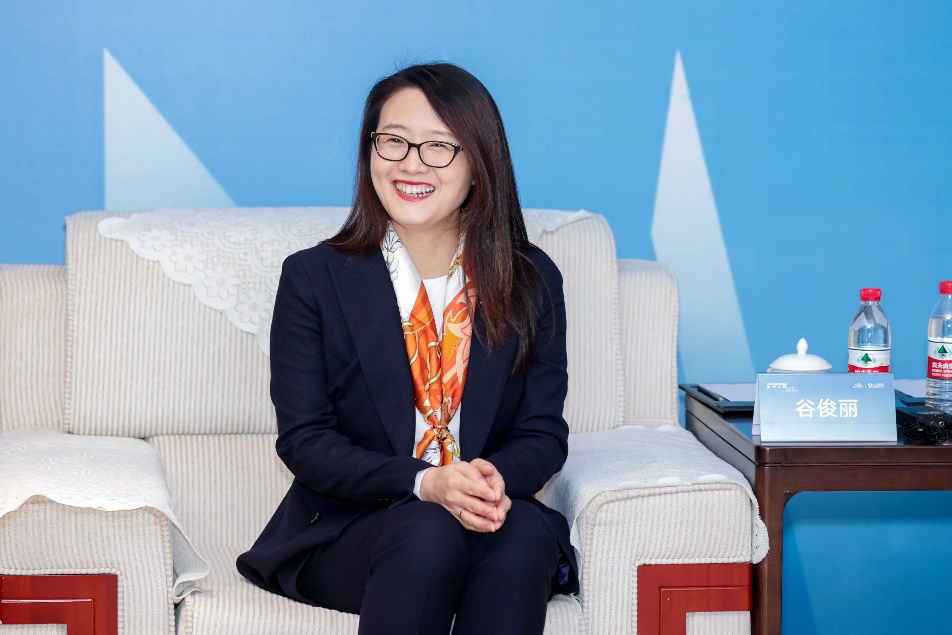
Garage 42 learned that within the nearly one year since its establishment, Dazhuo Intelligence has been recruiting continuously, and has set up R&D institutions in Wuhu, Shanghai, and Shenzhen, forming an intelligent driving team of more than 500 people. From the perspective of landing, the first car equipped with ADAS from Dazhuo Intelligence has been mass-produced by September 2023.
At this Ecological Day, Dazhuo Intelligence also showcased the first L2-level assisted driving product, Pilot 2.0. Based on 1VnR, it can realize assisted driving functions represented by AEB, LCC, and ACC, and will continue to evolve. Dazhuo Intelligence told us that this product line will rely on Chery Group’s vehicle product system, and realize the rapid mass production of L2 assisted driving products.
In addition, relying on Chery’s commercial vehicle product strategy, Dazhuo Intelligence also owns another product line based on L4—the Robotaxi autonomous ride-hailing product line, also known as the Drive product line.
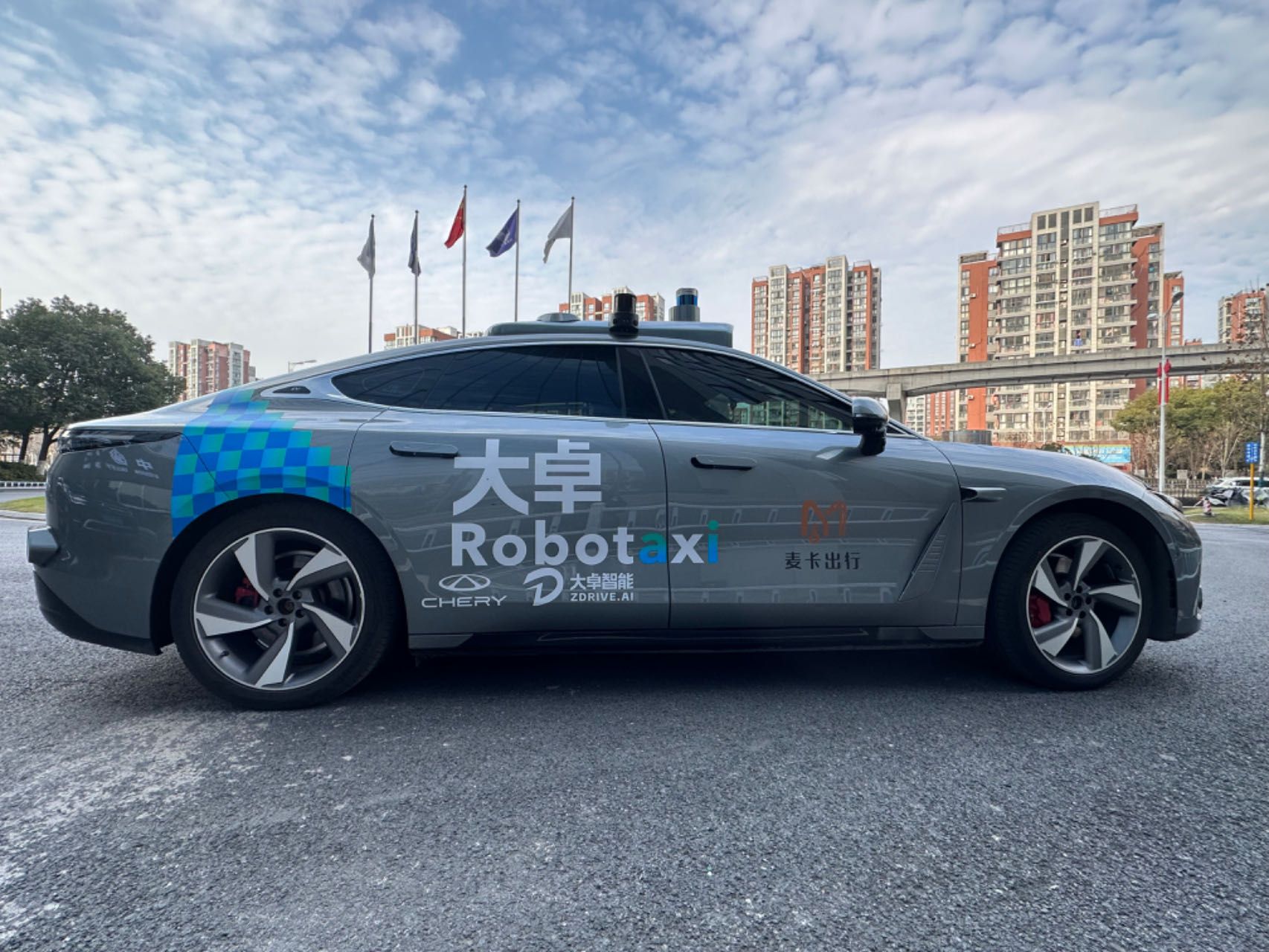
At the event, it was apparent that the Robotaxi product line was equipped on a modified EXEED Star Space ES model. It carried seven 2M cameras, six millimeter-wave radars, and five mechanical lidars, all integrated with high-precision maps and RTK outdoor high precision positioning technology. The taxi dispatch platform “Maika Travel” welcomes smartphone-based customer orders to provide point A to point B city driverless egg services.
In this regard, Gu Junli, CEO of Dazhuo Intelligence, stated that the Drive product line is expected to deploy 10,000 driverless commercial vehicles by 2026.
Certainly, from a mass production perspective, the L2 level of advanced intelligent driving assist is where Dazhuo Intelligence will focus its attention next.
According to Dazhuo Intelligence CEO Gu Junli, the company plans to deploy its self-produced Pilot 3.0 product in the second quarter of 2024, supporting L2+ or highway NOA function. By the first quarter of 2025, Dazhuo will release the Pilot 4.0 product, which will support the L2++ urban NOA level.
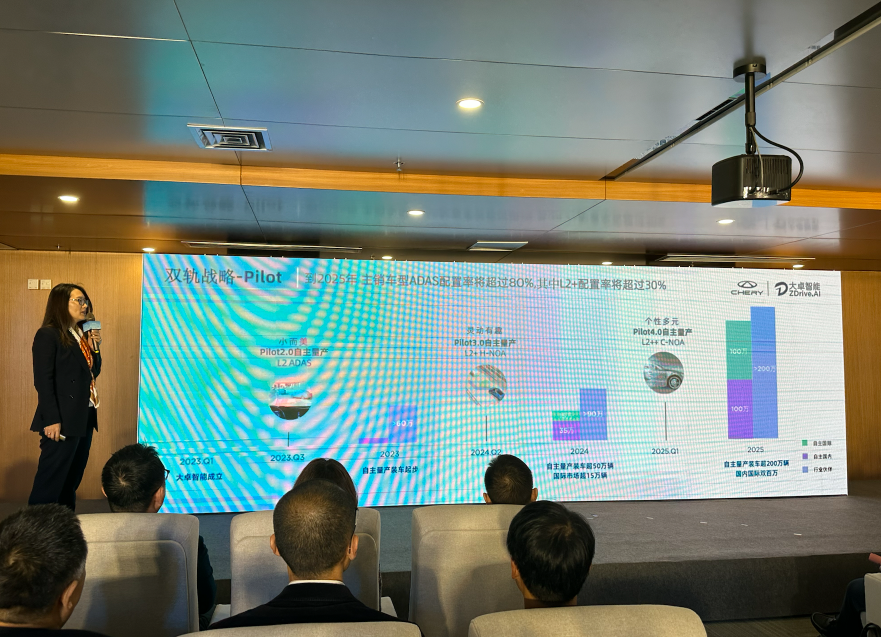
In terms of market deployment, Dazhuo Intelligence has reached a milestone by having L2 products on thousands of models by 2023; By 2024, the number of mass-produced vehicles equipped with Dacuo’s smart products is expected to reach between 300,000 to 500,000; By, 2025, this number could double to two million – one million domestically and one million internationally.
In addition, Gu Junli stated that as part of Chery Group’s international layout in over 80 countries, Dazhuo Intelligence is inherently an international team facing an international market. Consequently, they hope to quickly implement an international layout within the next two years.
Cost control is the priority, not burning money is the essence
For Dazhuo Intelligent, relying on the Chery Group for rapid mass production is an obvious advantage. However, how to achieve mass production without burning money is a critical challenge for Dazhuo Intelligence.
During the event, Gu Junli pointed out that, as one of the five crucial technology sectors for YaoGuang in 2025, Dazhuo Intelligence from its inception was positioned as an autonomous driving solutions company and integrated platform. Moreover, the Chairman of Chery Group, Yin Tongyue, also pointed out explicitly that Dazhuo Intelligence is not a money-burning company and does not engage in such transactions.
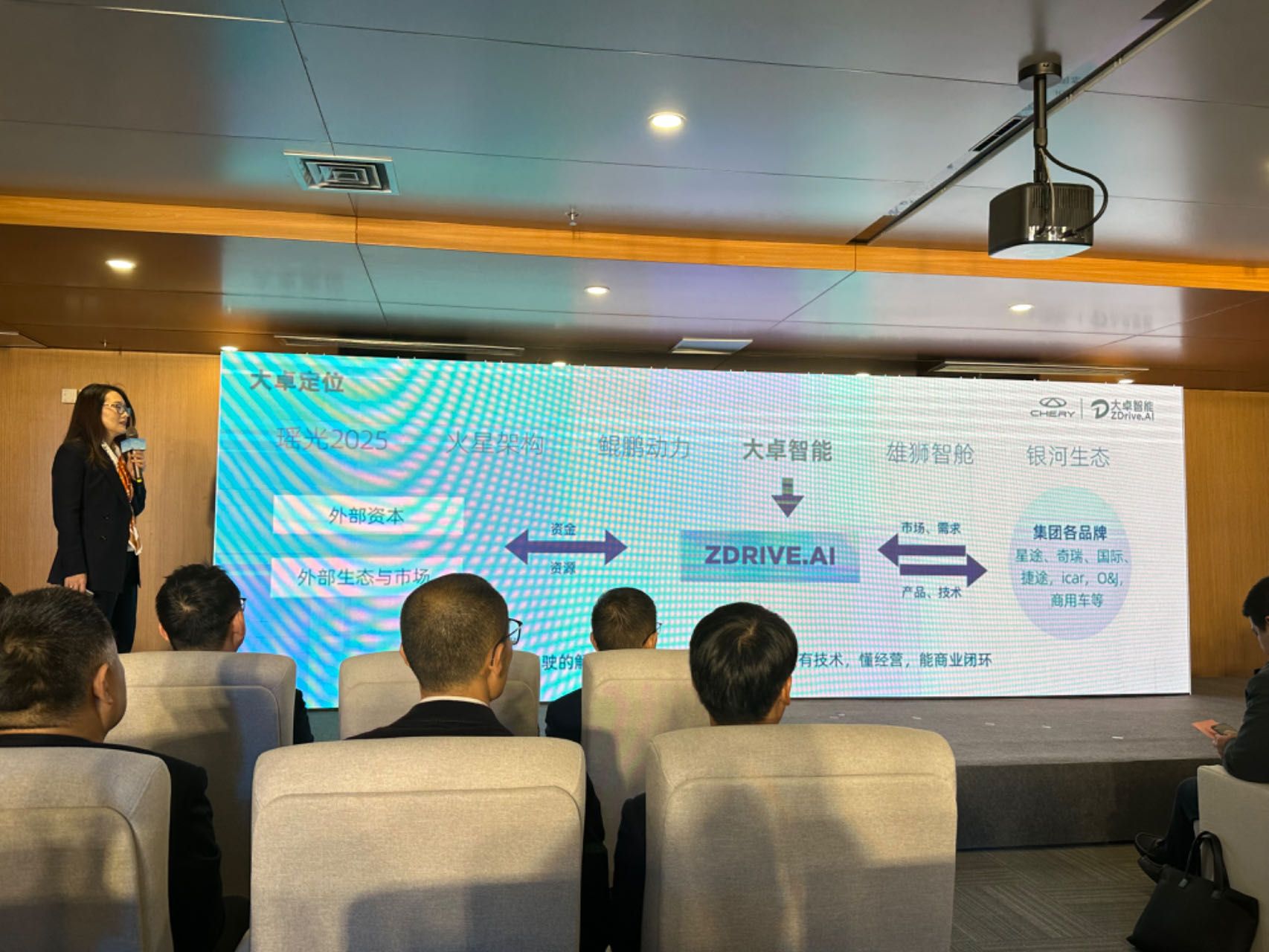
Therefore, Gu Junli emphasized that Dazhuo Intelligent insists on turning technology into market-priced products, and not all possible developments are pursued. Therefore, when building a team, it was crucial for them to understand the technology and the process of business operations and commerce.So, how is Dazhuo Intelligent going to balance technology and cost in the implementation of intelligent driving?
Dazhuo Intelligent explained that on one hand, urban NOA is a technical luxury, and both lidar and high-precision maps are essentially crutches aimed at complex scenarios in China. Therefore, Dazhuo Intelligent still emphasizes a more cost-effective visual solution from the perspective of the technology stack. Specifically, the graph-based solution will be initially focused on for implementation, while gradually relieving the reliance on high-precision maps.
It’s worth mentioning that Dazhuo Intelligent made it clear in the interview that BEV+Transformer will also be the algorithm framework adopted in its technology stack.
However, Dazhuo Intelligent also emphasized that for users, experience is most important and is the basis for increasing premium; therefore, Dazhuo Intelligent aims to lead autonomous driving into the Z era, i.e., the pursuit of growth, personalization, emphasizing experience and joy.
On the other hand, Chery’s scale is large, so it is crucial to maximize the penetration rate of intelligent driving. By collecting a large amount of data and subsequent processing, they can integrate the industry’s ecosystem, while also exploring data sharing and paid use, to dilute the costs.
In addition, Gu Junli also told us in an interview that Dazhuo Intelligent is currently adopting a product line mechanism, that is, the investment in each product line, the investment in the future three years, are all linked to the business, the market, and the pricing. Therefore, Gu Junli emphasized that the underlying concept is the operation of the product line, not just sheer technological drive.
She also stated that Dazhuo Intelligent’s investment in product development doesn’t match that of the newcomers and Huawei. Its position is to invest in production and research at a third of the cost of the new forces, and it is for dual commercial use. Only in this way can it make money and survive in the end.
In addition to cost reduction, compared to the newcomers in the automotive industry and other players, Dazhuo Intelligent’s launch of high-speed NOA and urban NOA has indeed been delayed. This inevitably raises some doubts.
In this respect, Dazhuo Intelligent said that the company was indeed established quite late and the time-consuming system development, operational tests, etc., have caused progress to be not so fast.
However, Dazhuo Intelligent also said that while it may not have the first-mover advantage, it can leverage the late-mover advantage to avoid the mistakes made by other players, thereby taking fewer detours. Besides, autonomous driving requires a large amount of data to drive, and Dazhuo Intelligent can obtain a lot of data to promote iteration thanks to Chery’s sales volume (for example, Chery’s monthly sales are some newcomers’ annual sales).

Therefore, Gao Jiabing, the deputy general manager of Dazhuo Intelligent, clearly stated in an interview: “I may start slowly, but I run fast, and that’s my advantage.”
Market is King, Learning from Tesla and Huawei
As the intelligent driving industry has developed to today, the exploration of technology is still ongoing. How to achieve an effective business loop from both the investment in technology and the return of its implementation is a key problem many players, including the newcomers, are thinking about.In the current event surrounding the ongoing price war in the intelligent driving industry, Junli Gu shares her perspective.
She noted that the current price war is merely built on stacking processing power and perception hardware, and practically no one is making a profit. Looking back at the past decade, among global autonomous driving companies, only Tesla has managed to profit. Tesla has achieved vertical integration and extreme hardware simplification, hence both hardware and software gross margin exists. The core strategy lies in hardware simplification and vertical integration.
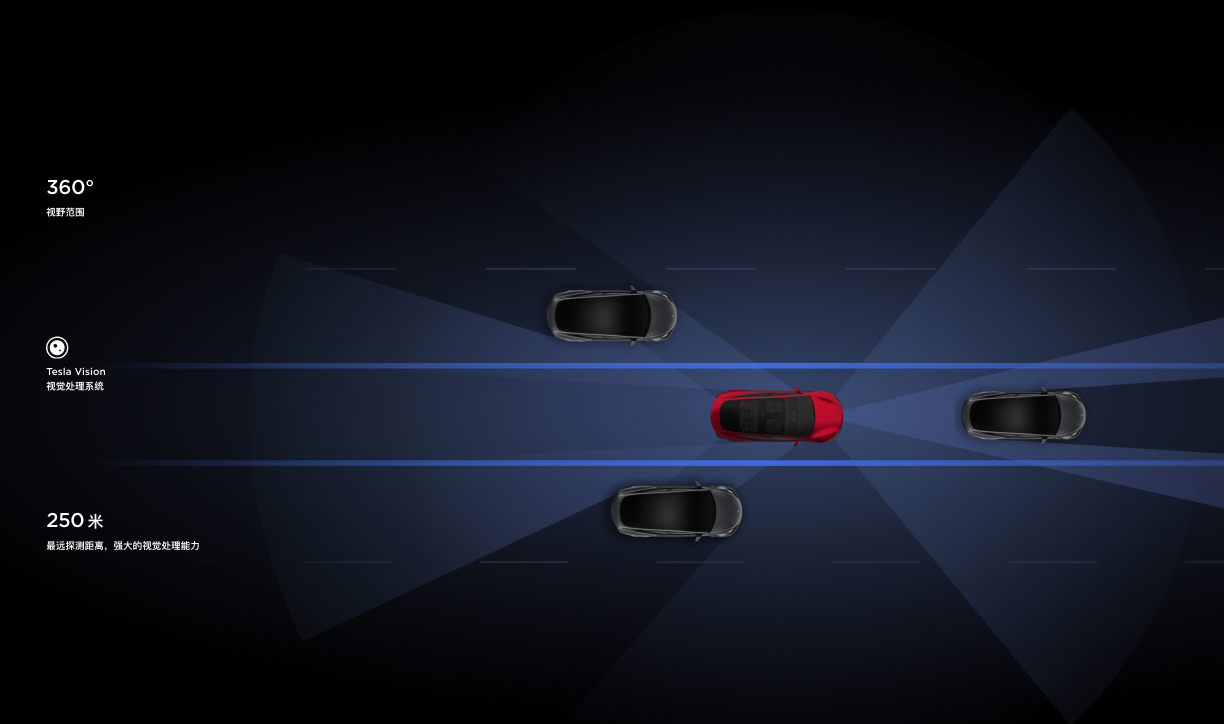
Therefore, she advised that in the planning of whole vehicle products, autonomous driving software should guide hardware, simplifying and integrating it vertically. This approach would stimulate the software and big data-driven business model, providing a brighter future for all.
Her emphasis was: “Technology used to reign; now the market does, but in the end, a closed business loop will undoubtedly dominate.”
Regarding Chery’s business operations, Gu highlighted Chery’s strong focus on business-mindedness, a characteristic also beneficial for DaZhuo Intelligent.
In her personal experience, Gu reflected upon a stage where funds were abundant for tech development, without much thought given to manage costs. She did not consider the industrial ecosystem of the technology, product costs, R&D costs, and customer payment willingness, let alone the final closed business loop – problems commonly encountered by many autonomous driving software companies. However, once implementation begins, the complexities of automotive business become apparent; “You’re flat on the ground.”
Thus, Gu reiterated that at DaZhuo Intelligent, from the beginning, the business mindset was clearly emphasized, transforming herself into a scientist and a businesswoman, all contributing to valuable industry accumulation.
Assuming the role of a “scientist businesswoman”, Gu mentioned that we are in an era of capital shrinkage. DaZhuo Intelligent, a combination of market and technology team, holds an advantageous position in financing. It has been supported by its group, growing progressively through external capitals, also in financing currently.

Worth noting, Gu underlined that stepping into a new development phase and joining a company like Chery with millions of cars sold annually, DaZhuo Intelligent also needs its product development methodology, project group management, market analysis methodology and customer expansion methodologies. Currently, DaZhuo Intelligent is learning comprehensively Huawei’s IPD process, including market research for each product line, customer analysis, pricing establishment, cost estimation, and human resource collaboration. Only then, can we avoid industrial waste.
Finally, about future development predictions of the autonomous driving technology, Gu claimed, end-to-end development is undoubtedly a trend; it will be data-driven with an improved understanding of scenario data.
On how DaZhuo Intelligent will grow, Gu shared that DaZhuo Intelligent’s AI technology is currently transitioning from 2.5D to 3D, the next phase will involve mass production of mainstream 3D AI technology around 2024, and by 2025, pure urban vision will usher DaZhuo Intelligent into end-to-end AI, which is not the same as large model scope.The following is a professional translation of the given Chinese markdown text into English, preserving the HTML tags present in the original markdown. Only the output will be provided.
Junli Gu’s views on how large models can facilitate the future development of cars are as follows:
Large models may ultimately not solve the issues of autonomous driving itself, but rather those that arise from many personalized, novel applications, entertainment, and services post-autonomous driving. The computational needs of large models imply their destined place in cloud-based applications, rather than in-vehicle ones. We are also exploring some cloud-based applications, such as dialogue and recommendation systems, that are targeted to be pushed to car side. In the future, there will be services related to location and we are even utilizing AI now to sell cars. Personally, I tend to believe that cars of the future will serve as an aide and companion in some form or another. The demand for this accompanying category should come after autonomous driving. Initially, autonomous driving primarily fulfills a demand for a sense of technology, and alleviates long-distance driving for those who are easily bored during long trips. However, after autonomous driving, there will be a plethora of new forms of entertainment, services, and commerce. Hence, I believe large models will be one of the catalysts, followed by data and location-based services.
This article is a translation by AI of a Chinese report from 42HOW. If you have any questions about it, please email bd@42how.com.
